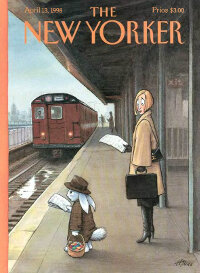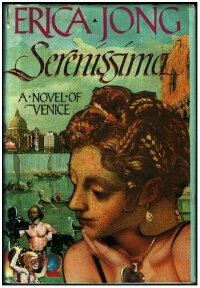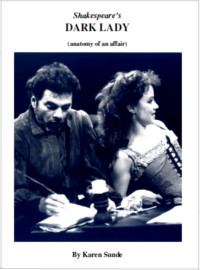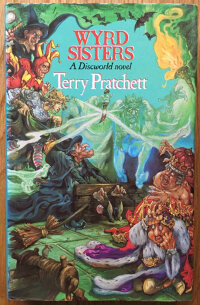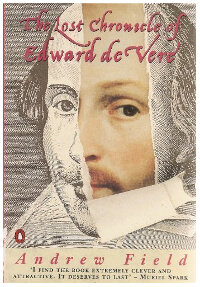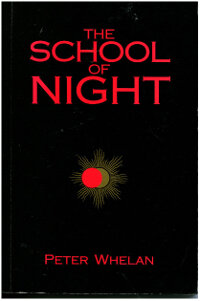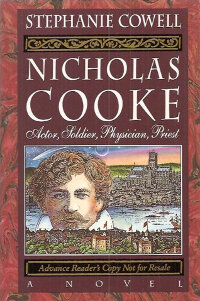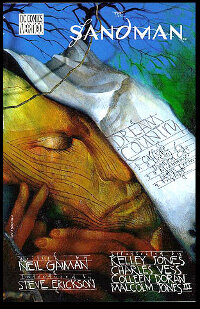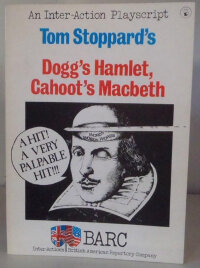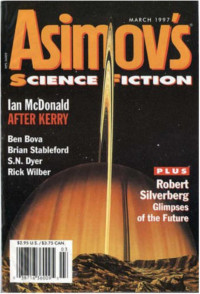Neil Gaiman
“Men of Good Fortune” in The Doll’s House, Sandman 2/13 (1995); “A Midsummer Night’s Dream” in Dream Country, Sandman 3/19 (1995); and “The Tempest” in The Wake, Sandman 10/75 (1997)
New York: DC Comics
Shakespeare appears as a character in three of Neil Gaiman’s short stories. In “Men of Good Fortune,” we find Shakespeare, not only speaking admiringly to Christopher Marlowe, but also apparently on the verge of a Faustian deal: “I would give anything to have your gifts. Or more than anything to give men dreams that would live on long after I am dead. I’d bargain, like your Faustus, for that boon.” And, in fact, a deal is made, not with the devil, but with Morpheus, the Lord of Dreams. The other two stories deal with the plays Shakespeare writes, inspired by Morpheus, but not at the price of Shakespeare’s soul. As the Morpheus says, “There is no witchcraft, Will, no magic. I opened a door within you, that was all.” There may, however, be a cost, as Shakespeare’s craft consumes him, even at the cost of his personal life and family relations. Though the Lord of Dreams provides the stuff of inspiration, the characters and themes come from within Shakespeare himself, who says of The Tempest: “I am Prospero, certainly, … But I am also Ariel – A flaming, firing spirit, crackling like lightning in the sky. And I am dull Caliban. I am dark Antonio, brooding and planning, and old Gonzalo, counseling silly wisdom. And I am Trinculo, the jester, and Stephano the butler, for they are clowns and fools, and I am also a clown and a fool, and on occasion, drunkard.” –VH
Read more about the series on goodreads.com
